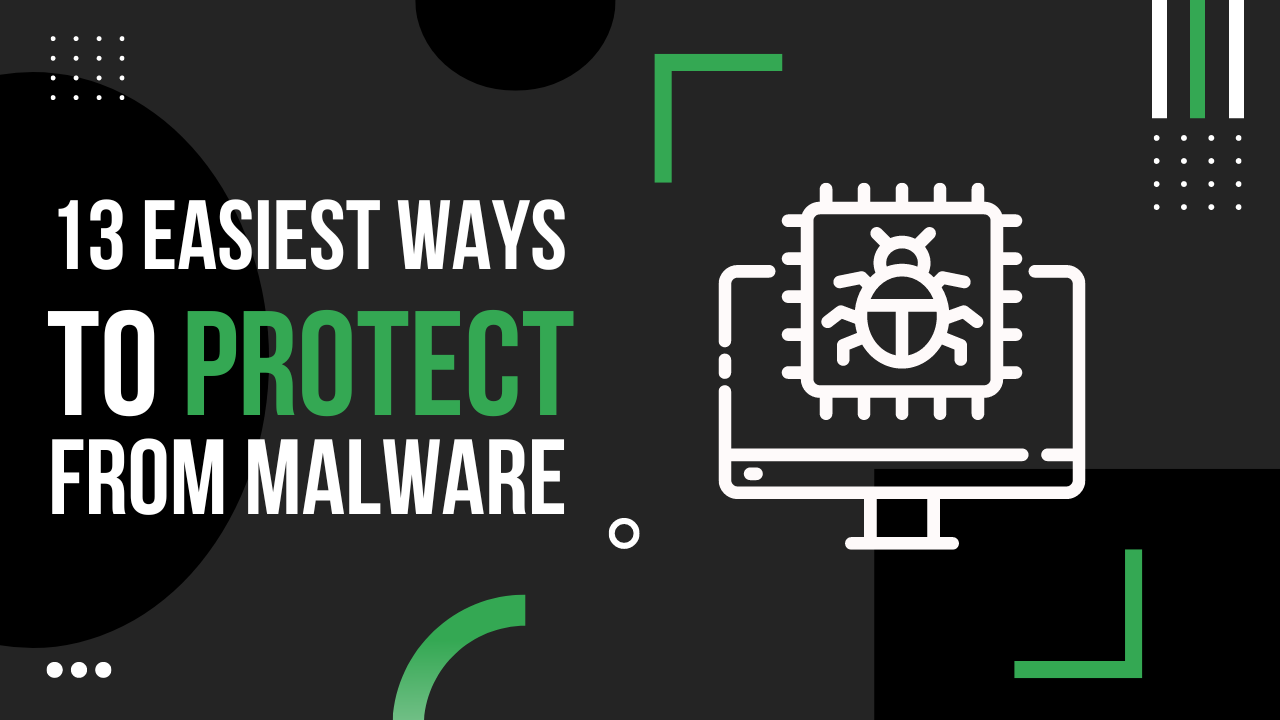Malware (short for malicious software) is any program designed to damage a computer system without the owner’s consent. Malware includes viruses, worms, Trojan horses, spyware, adware, crimeware, rootkits, bootloaders, dialers, trojans, keyloggers, bots, scareware, rogue security software, and others. Malware authors use various techniques to infect computers, including social engineering, phishing, drive-by downloads, spam email, website exploits, and infected USB drives. Malware can spread via email attachments, websites, peer-to-peer networks, removable storage devices, and over the air using radio frequency transmissions.
Malware can cause problems ranging from minor annoyances to complete data loss. Common symptoms of infection include slow performance, unexpected reboots, missing files, corrupted databases, and unauthorized access attempts. In some cases, malware may even delete or corrupt legitimate programs or hardware components.
Type of Malware
1. Ransomware
Ransomware is a type of malware that holds data hostage until a ransom is paid. It is often spread via email attachments or links to malicious websites. Once opened, ransomware encrypts files on the victim’s computer and displays a message demanding payment in order to decrypt them. If the user does not pay the ransom, they lose access to their files forever.
2. Spyware
Spyware is software designed to gather information about a person without their knowledge. It may monitor internet activity, record keystrokes, or even take screen shots. Spyware is commonly bundled with adware, which is software that displays advertisements while browsing the web. Many people mistakenly believe that spyware is only installed on computers owned by corporations, but it can be installed on any device connected to the Internet.
3. Adware
Adware is software that displays advertisements on a website. It is often bundled with spyware, but it can exist independently. Adware is commonly included with free programs downloaded online. These programs are often disguised as games, utilities, or educational tools.
4. Worms
Worms are self-replicating pieces of code that replicate themselves across a network. They are often used to distribute viruses or spam emails. Worms are also known as bots.
5. Trojan Horses
Trojan horses are pieces of software that look harmless, but actually have malicious intent. They are often distributed via email attachments or links. Once opened, they install additional software onto the victim’s computer.
6. Viruses
Viruses are pieces of code that infect a computer system. They are often spread via email attachments, USB drives, or infected websites. Once opened, they replicate themselves and cause damage to the host computer.
7. Backdoors
Backdoors are hidden entry points into a computer system. They allow hackers to gain unauthorized access to the system. Hackers use backdoors to steal sensitive information or perform attacks.
Ways to Protect from Malware
1. Use a good anti-malware program
Malicious software (malware) is any type of software designed to damage computers, steal data, or gain access to private information without permission. There are many different types of malware including viruses, spyware, adware, trojans, rootkits, dialers, worms, and others. Most people think that their computer is safe from malware, but they could be wrong! You should always use a good anti-malwares program to keep your computer safe from these threats.
2. Keep your operating system updated
Your operating system is the software that runs your computer. If you have Windows 10, then make sure you update it regularly. Your operating system keeps your computer secure and helps prevent malware from infecting your computer.
3. Install security updates
You should install security updates for your operating system as soon as they become available. These updates help fix bugs and vulnerabilities in your operating system and help keep your computer safe.
4. Back up your files
Backups are copies of your files that you can restore if something happens to them. Make sure you back up your files regularly using a cloud storage service like Google Drive or Dropbox.
5. Scan your computer regularly
Scanning your computer for malware is a great way to ensure that your computer stays clean and free from malicious software. You can scan your computer manually or automatically using a tool called a scanner.
6. Avoid downloading suspicious links
If you receive a link in an email or on social media that looks suspicious, do not click on it. Instead, open the link in a new tab or window and delete it immediately.
7. Be careful what you download
When you download anything from the internet, make sure that you only download things from trusted websites. Do not download anything from unknown websites or download apps from untrusted app stores.
8. Use HTTPS Everywhere
HTTPS (Hypertext Transfer Protocol Secure) is the standard protocol for secure web browsing. When using HTTPS, data sent between your browser and the server is encrypted before being transmitted, ensuring that no third parties can intercept or read the information.
9. Install NoScript
NoScript is a free extension for Firefox and Chrome that blocks scripts and active content from running on websites. You can use it to block ads, social widgets, pop-ups, and anything else that might slow down your browsing experience.
10. Disable JavaScript
JavaScript is a scripting language that makes it possible to add interactivity to web pages. However, not all sites need JavaScript enabled. If you find yourself unable to access certain features of a site, disabling JavaScript may help.
11. Enable HSTS
HSTS (HTTP Strict Transport Security) is a security feature that forces browsers to only connect to websites over HTTPS. By default, many browsers don’t enable HSTS, but it’s easy enough to turn it on.
12. Block Pop-Ups
Pop-up windows are annoying, especially if they’re trying to sell you something. Blocking them helps keep your browsing experience clean and distraction-free.
13. Keep Your Browser Up To Date
Updating your browser regularly keeps it safe from malware and other threats. Make sure you have the latest version of both your browser and any plug-ins installed.














